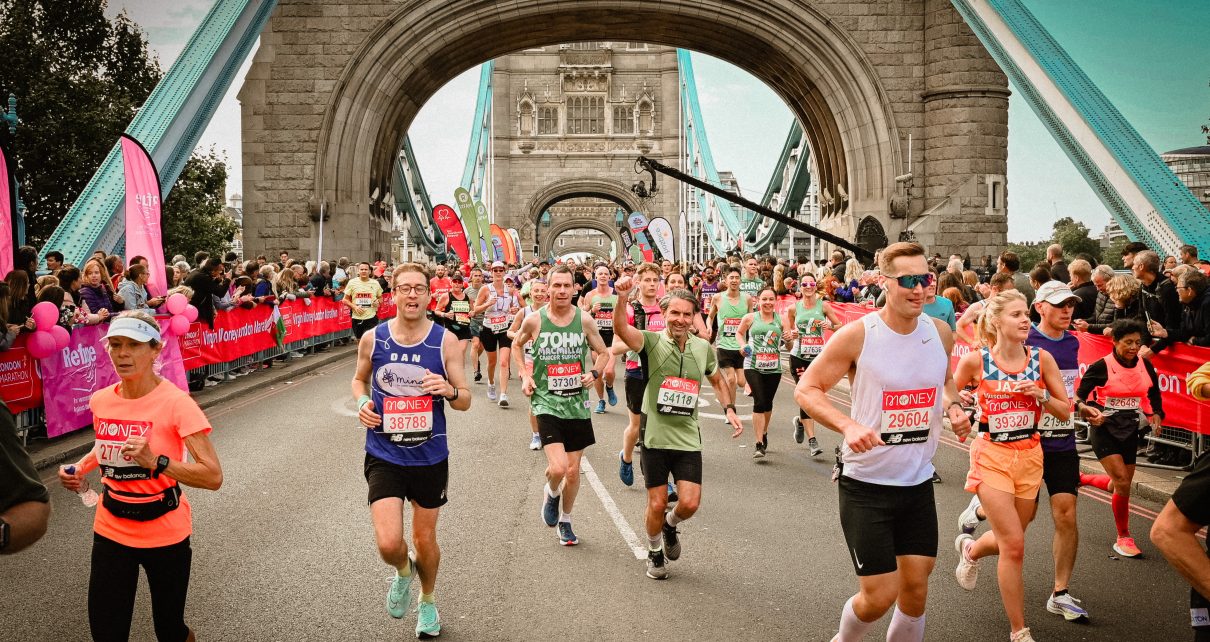The London Marathon announced their entry prices for 2024 last month, but despite the event’s success, they have made a significant mistake.
Running has always been seen as a relatively affordable sport – you’d only usually expect to have to buy a pair of trainers and you’d be set on your way, that’s not always the case.
More than 48,000 participants raced in the London Marathon this year (the most ever to attend the event) but there is a serious chance that the event could end up going backwards next year.
Greatest day of the year: Confirmed ✅
This year’s TCS London Marathon was one for the history books. Here are just some of the incredible records that fell in 2023 🙌#LondonMarathon #WeRunTogether
— TCS London Marathon (@LondonMarathon) May 11, 2023
Run 4 Wales, who are 50% owned by London Marathon Events, admitted that their running costs have seen a considerable increase, partly due to the current economic situation.
The issue with increased costs is simple. Prices will almost definitively increase in the coming years, as ultimately these events are profit-making exercises.
While the easy option may be to simply raise costs by a ‘small’ percentage, there is a real danger that precedence could be set, pricing out runners from events. This is a reality which shouldn’t happen, no matter the reason.
London has always been seen as the spectacle event for marathon runners, but it wouldn’t be a good look should the prestigious event not make it to a ballot, or if the number of charity entrants was lowered.
Emphasis needs to be placed on organisers being smarter and more sustainable, trying to take the hit on some of the price increases. Runners make the events, not the organisers themselves.
The entry fee at London has already increased substantially for 2024 at £69.99, up from £49.99 in 2023 – a price increase of just over 40%.
Those fees won’t just affect runners – it’ll affect charities too, who rely largely on donations and entrants from marathons in fundraising attempts.
Many runners will turn away from such efforts, as concern increases regarding the vast sums of money required to secure a place for charity. For example, a place for Cancer Research UK costs £100 entry and requires you to raise £2000 for the charity.
CLC Striders captain Will Pearce agreed that runners could be priced out of the sport, but emphasised the impact which such events have on recruitment for the club.

The club had 12 runners at Manchester, and a further six members at London, all who attended in club kit, providing increased exposure in pursuit of new members.
“It’s really important to have a presence at big events, a lot of people will do a run for a charity and then try find a local club, so the more presence we can have at those events, the better.”
Local runners might not envisage running at such events, but there is a real chance that price increases will have a ‘trickle-down’ effect.
The cost of living has already increased at a staggering rate – many running communities could see events simply just slip off the calendar.
While you can imagine that due to the prestige of the London Marathon, many will still sign up, it risks creating an elitist sport which can only be enjoyed by the few, not the many.
Seen as the greatest marathon in the world by most, it is about time that their actions towards runners set the standards for other event organisers too.



